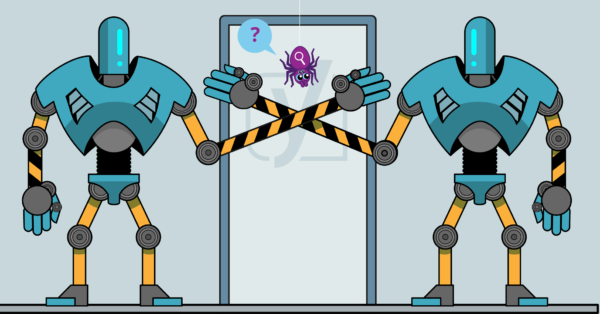7 November 2019
Jono Alderson
Your robots.txt file is a powerful tool when working on a website’s SEO – but you should handle it with care. It allows you to deny search engines access to different files and folders, but often that’s not the best way to optimize your site. Here, we’ll explain how we think site owners should use their …
Read: "WordPress robots.txt: Best-practice example for SEO"

25 February 2019
|
Michiel Heijmans
If you want to keep your page out of the search results, there are a number of things you can do. Most options aren’t hard and you can implement these without a ton of technical knowledge. If you can check a box, your content management system will probably have an option for that. Or allows …
Read: "How to keep your page out of the search results"

11 April 2018
|
Michiel Heijmans
Crawl errors occur when a search engine tries to reach a page on your website but fails. Let’s shed some more light on crawling first. Crawling is the process where a search engine tries to visit every page of your website via a bot. A search engine bot finds a link to your website and starts to find …
Read: "What are crawl errors?"








